COVID-19 Sends Upper School Home
High schoolers will learn remotely after three confirmed cases
Photo: Callie Hollis
Teachers stand in the parking lot to ensure that students dismiss in an orderly fashion. Grade levels were released gradually, starting with seniors and ending with freshmen.
On Wednesday, Sept. 24, the administration of St. George’s announced that it had made the decision to transition the upper school to virtual learning until fall break in response to the confirmation of three COVID-19 cases among students. The announcement came midway through the school day, and less than 24 hours after the upper school reported its first positive test on Tuesday.
Many students, especially members of the senior class, had noticed that the school felt particularly empty. Based on cursory data the Lodge collected Wednesday, approximately 60% of the class of 2021 were learning remotely on Wednesday. Senior Lauryn Clark, who the Lodge spoke to before the announcement of the second and third cases, was surprised that COVID had hit so close to home.
“You hear about it in the news but I really just am so shocked that it is actually happening,” Clark said. “ I feel like people are being very irresponsible and not considering their peers [when] outside of school.”
Clark was not alone in her concern about other students behaving irresponsibly while not in school. Fellow Senior Alicia Hardrick, who was also interviewed before the remote announcement, remarked on the lack of control the school has on students when they are off-campus.
“It makes me a little frustrated,” Hardrick said. “I feel like St. George’s is doing a good job in school of keeping us separated and all of us socially distant, but outside of school we still need to maintain the same responsibilities.”
The email home to families from interim Head of School Mr. Timothy Gibson had noted that the confirmed cases had not been “directly related to contact at school,” which some students found frustrating. Senior Ummu Bah spoke with the Lodge on the phone after the day had ended.
“I would say I’m feeling kind of disappointed. I’m upset. I’m really furious. I really want my senior year back and just like seeing the people I was able to see.” Bah said. “But I’m also feeling worried for the people that are infected, so I am hoping that they are okay.”
The Lodge conducted an on-record interview with one of the students with a confirmed case of COVID-19 in the upper school. An agreement was made that the name of that student would not be published alongside their quotes.
The student said they first started to feel symptoms on Sunday, and initially thought that the fatigue might have been linked to painting their senior parking space.
“I was really tired, like sleepy tired, I just thought it was because of painting the parking space,” they said. “That’s probably considered the day that I started symptoms.”
They said that they were tested for COVID-19 on Tuesday, and their test came back positive.
It’s suspected that the other two cases reported by the upper school were linked to contact with the first student. A large number of students were also asked to remain home after the school conducted its contact tracing in accordance with the Shelby County Health Department. The student clarified what events had occurred that may have caused the spread of the disease, confirming that they had hosted a small sleepover after Friday night’s football game.
“Friday night I had some [people] spend the night at my house,” they said. “Which probably could have caused the other COVID cases, since we were all together.”
The student also said that the group of people who had spent the night at their house had also come into contact with a group of students from another school in the area on Friday.
“We also hung out with some people from another school, but that’s not related to St. George’s,” they said. “That was before we came over to my house.”
The student also told the Lodge that they had attended a social gathering on Saturday evening, confirming what the Lodge had heard from multiple sources earlier in the reporting cycle.
The student said that the administration had reached out to them for details about the gathering, but it was difficult to pin down exactly who they had come into contact with.
“Some faculty contacted me about the possibility of being less than six feet [apart], but I didn’t document the entire thing that happened at the party, like how far away I was from every single person,” they said. “So I just named the people that were there, and there could have been people there that I was six feet away from the entire night.”
This outside-of-school contact sparked frustrations amongst some of the student body, some of whom expressed their frustration with the students who had tested positive on social media.
“It was being spread around in my friend group, these certain screenshots of people posting on their private stories,” they said. “I think one thing that stood out was someone saying how ‘you’re gonna post on your Instagram story advocating to be safe for COVID, then you get COVID and go to a party with COVID.”’
The student voiced that they felt that the criticism aimed at them was unfair, because they felt it was impossible to trace the spread of COVID-19 directly back to either gathering.
“Some people were blaming it on the party, but when you think about it, a lot of my friends that were at the party that had gotten tested today, [and] some of them were negative,” they said. “So if you think about it, [other students] saying that the party caused the cases is not true because that would mean that everyone at the party would’ve gotten it.”
According to rt.live, a website that uses a model to calculate the effective transmission rate of COVID-19, Tennessee had an rt value of 0.95 between Sept. 18th and 20th. This value approximates that one person infected with COVID-19 will on average infect 0.95 people, or between zero and one person. This reflects that while it is possible that all attendees would have been infected, it would be highly unlikely.
Senior D.J. Loynes said he had worried that some frustrations may arise in speculation around the case, but he believes that his peers have the maturity to recognize the depth of the situation.
“I do worry that certain people are going to figure it out eventually,” Loynes said, referring to the identity of the first case. “Then maybe [that will] cause a lot of drama, but I think, at least in the senior class, we are mature enough where we know where to draw the line.”
Interim Head of School Mr. Timothy Gibson said that he’s not focused on the nature of the contact or where it took place, but rather that students infected are able to recover.
“I don’t hold any ill will towards anyone,” Mr. Gibson said. “When someone tests positive, what I want more than anything is [for] that person to be okay. I know that this has the potential to be very grave and I want everyone, but especially I want our students, to be healthy. So that is my primary concern in this moment.”
As for the decision to shift school online, Mr. Gibson said that it was simply a matter of mitigating risk for the student body.
“Every school will tell you that they’ll look at the level of contact that will exist across a student body and you determine that the percentage makes sense and do you run the risk of continued or increased exposure,” Mr. Gibson said. “You’d rather divide that level of separation early so that you’re mitigating risk. The goal in all of this is to make sure that we are doing everything we can to mitigate risk.”
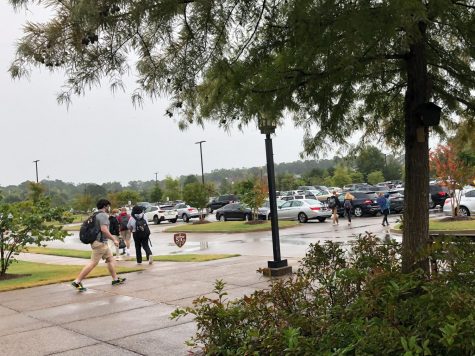
Some students did have concerns about how transitioning to the virtual learning environment would affect their ability to learn.
“I got readjusted to going back in person after the whole crazy second semester of my junior year,” Ummu Bah said. “And now that I’m suddenly switching back to online, I feel like all of my resources, I have to switch them. I had teachers readily available when I was on campus, I had [Director of College Guidance] Ms. [Jessica] Hardy available. So now I’m really just scared [about] what’s gonna happen. I just feel like my motivation is going to go down for me to do my school work, and I’m just worried about my grades overall.”
The upper school is currently scheduled to move back to in-person learning after fall break on October 12th, approximately three weeks from the suspension of in-person learning.
“Students could come back on the seventh, but the seventh is a half-day leading up to fall break,” Mr. Gibson said. “Which means [you] have people come back to school for half a day only to say ‘Okay it’s 12:30, now you can go.’ So that is why the fall break piece matters. But we will be back in school after fall break.”
While it may often feel like things are out of our control during a pandemic, Mr. Gibson pointed to precautions that everyone can take to help inhibit the spread of COVID-19.
“[COVID-19] is a reality of existing in today’s society, it is out there, it spreads quickly and easily in populations,” Mr. Gibson said. “And that’s something over which we don’t have control. We’re doing the part we can do, in staying six feet apart, it’s wearing your mask and washing your hands.”
Senior Dylan Gorman said that she has been impressed by the administration’s approach to controlling COVID-19 on campus.
“I think we are doing better than other schools, even from the start when nobody had it, they’ve just been like extra cautious, which I think is great because it’s going to keep everyone healthy even when people do get it, we haven’t been in super close contact with anyone at school anyway,” Gorman said. “It’s kind of scary, but I feel like we’ll all be okay.”
Editor of Media Callie Hollis contributed to the reporting of this story.


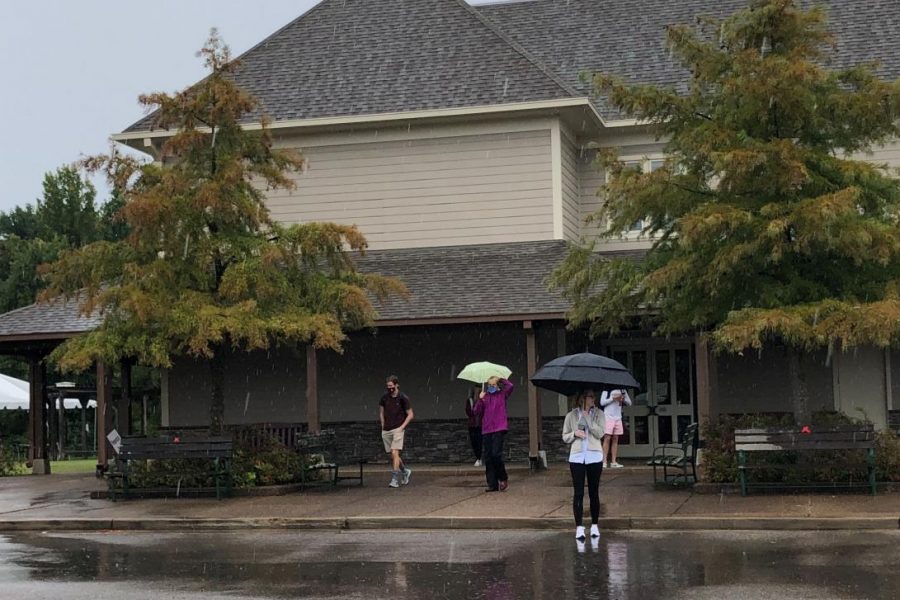
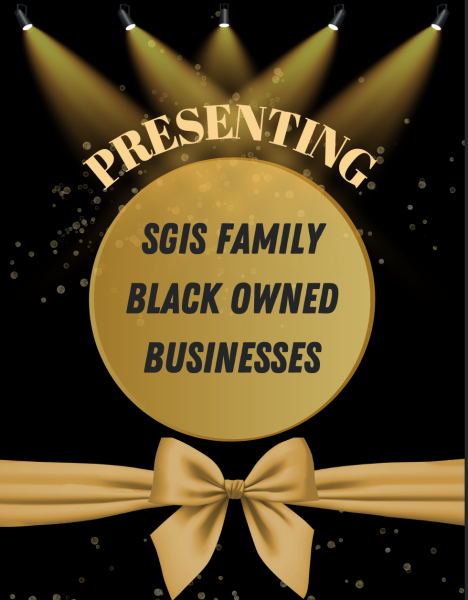
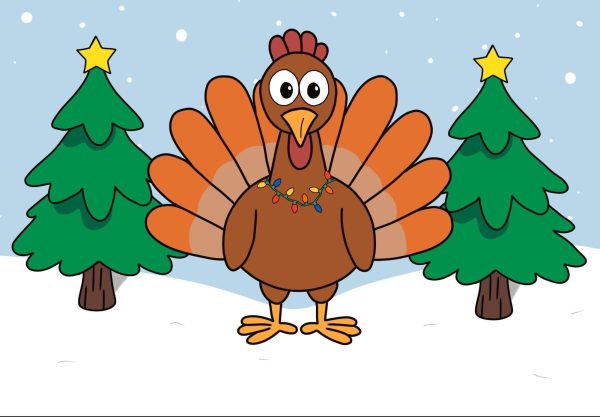
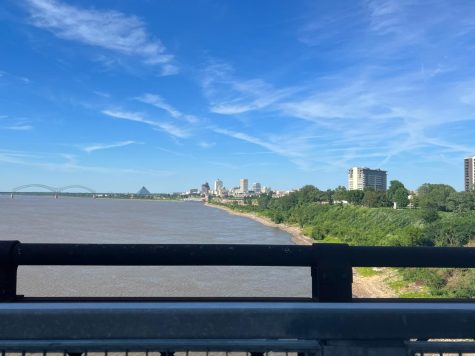

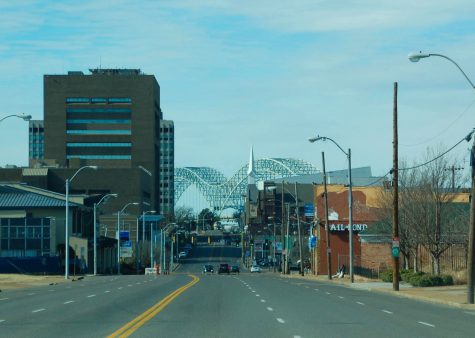
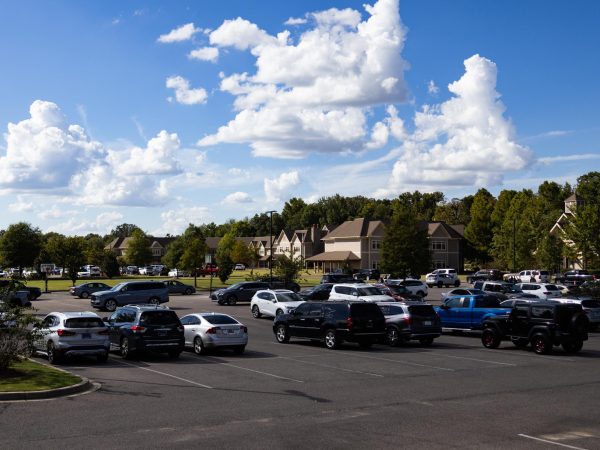
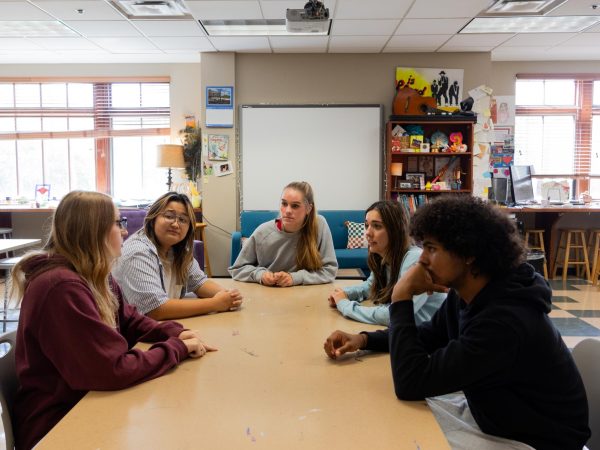

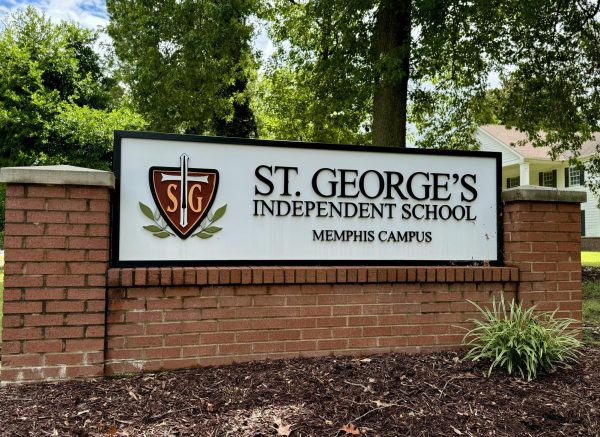

Lange • Oct 19, 2020 at 4:06 PM
THIS IS JOURNALISM! Love all of you to the moon and back.